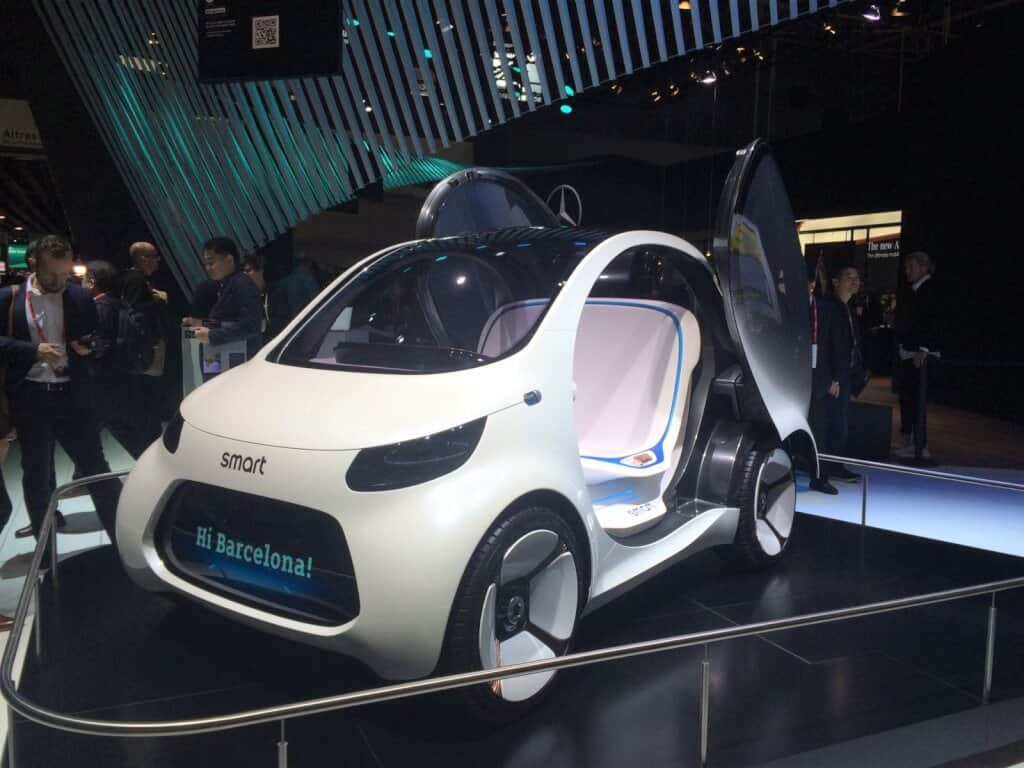
Mobile World Congress day one: Samsung’s camera, a smartphone-powered smart car and 5G experiences
Babel’s in Barcelona! The first day of meetings, briefings, demos and – brand new for 2018 – adverse weather conditions, is done and dusted. So now’s the opportune moment to review the news and views from exhibitors and attendees.
One of the biggest ‘reveals’ of the day wasn’t exactly news; many of the details of Samsung’s S9 and S9+ had been leaked ahead of MWC, but the show still provided a platform for the official launch. The focus of the new handsets was image: both still and moving. The S9 is able to slow down high-definition video, allowing users to capture super slow-mo, and a new lens aims to boost the quality of low-light photography. These developments come at a price though; the S9 is available for £739 and the S9+ £869.
Samsung’s new handsets may be able to take great photos, but can they control a smart car? This is the claim made by Huawei, with its AI-powered Huawei Mate 10 reportedly being the first device capable of powering a driverless vehicle. This is the result of the company’s RoadReader project, which incorporates image recognition technology, meaning the vehicle can reportedly ‘understand’ its surroundings, distinguishing between objects and adjusting its course of action as a result.
Whether we’ll be using our smartphones to drive cars or pursue careers in photography, these developments won’t be possible without improvements in mobile network infrastructure. The GSMA released findings from its Global Report, which forecasts that 4G will account for 53% of global connections by 2025, while 5G networks will grow to account for a further 14%, following the roll-out of the first 5G networks this year.
On the topic of 5G, progress from all sectors of the market was evident at MWC. Announcements included Huawei’s Balong 5G01 chip; reportedly the first to support 5G. This marks a competitive challenge to the likes of chip manufacturers Qualcomm and Intel, and having invested $600 million in 5G technology over the past decade, it seems Huawei’s financial commitments to the next-gen standard are paying off.
Cisco was another industry player showing off its 5G prowess. The company revealed ‘5G Now’, a portfolio of solutions and services aimed at supporting service providers’ 5G strategies. Cisco’s Yvette Kanouff sums up the difference between 4G and 5G – and what the company hopes to facilitate with 5G Now: “4G was about buying connectivity, and 5G is about buying experiences. 5G creates a new environment for service creation, giving operators what they need to deliver next-level entertainment experiences.”
Those experiences have been demoed on stands up and down the halls and walkways of the Fira. Between supporting clients, and meeting with journalists and analysts, the Babel team has been enjoying glimpses of what the 5G future holds.
Stay tuned for tomorrow’s update on day two of the show!





